Not every house is a home.
It takes something special to turn a house into a home. Shared experiences of love, joy, grief, pain, and even boredom.
It takes making memories with the ones you love in a shared space, stretched out over a length of time as everyone grows and gels together.
These shared moments with beings we cherish are what turn the walls of a house into a treasured home.
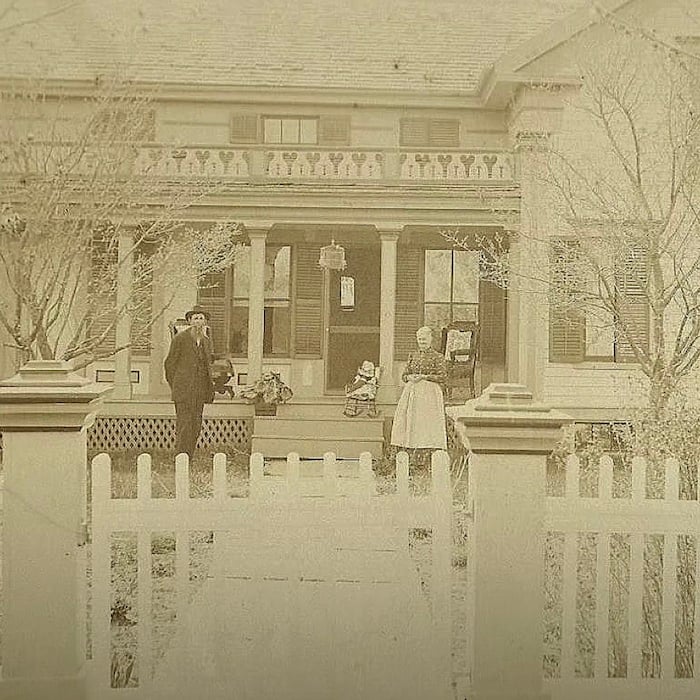
Meet Peter Larson.
Larson’s great-great-grandfather built this farmhouse in the 1860s.
His family has always lived there, including his grandfather and his family. When his grandfather died in 1977, though, the house became empty.
The house took years to build, which they found out through Peter’s great-great-grandfather’s diary.
From the 1860s to the 1870s, he and his wife worked hard to build the foundation of this house that would last for centuries.
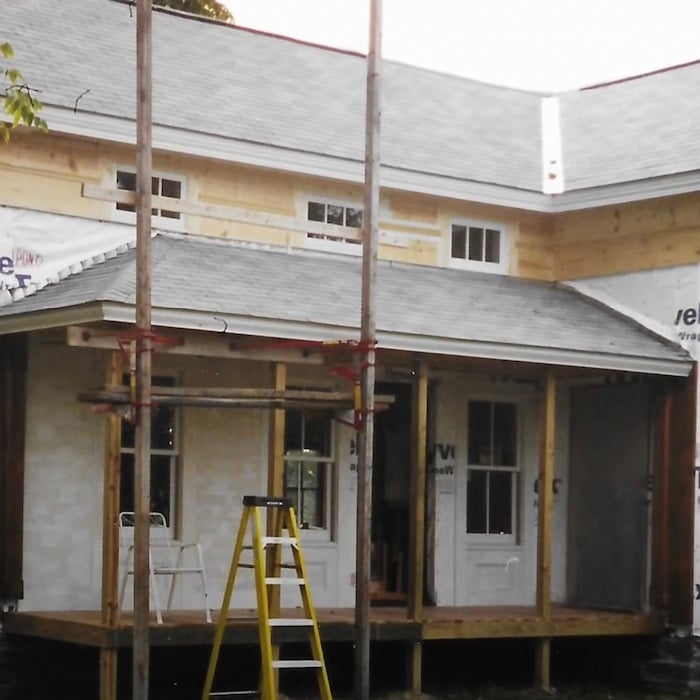
Grandpa’s diary told the story.
Through his great-great-grandfather’s diary, Peter found out that his great-great-grandfather himself brought the lime from the kiln to the lot to build the foundation for the house.
His great-grandmother was born there, as well as his grandfather.
When his grandfather died, Peter inherited the land and the house, which was in really bad shape.
In fact, when they had the land and house reassessed, the officials only valued it at $45,000 (around $89,000 in 2023).
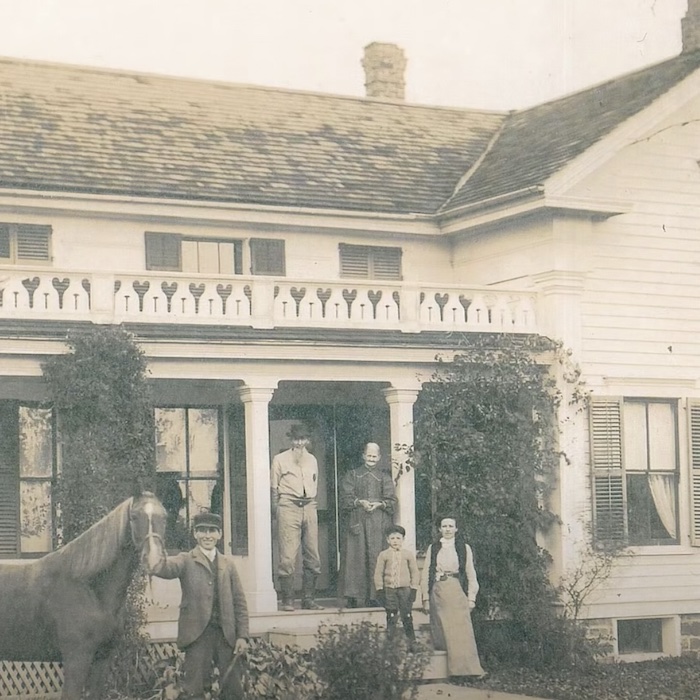
It needed tons of work to make it livable.
It’s a good thing Peter was up for the job. He moved back to Lansing, New York, in 1996 from Syracuse, a year after he and his wife, Hilarie, were married.
Peter wanted to bring back the wonderful memories his family had in this house and make new ones.
Just like what his great-great-grandfather did, it would take them a lot of patience, hard work, and time to renovate and repair this centuries-old family home.
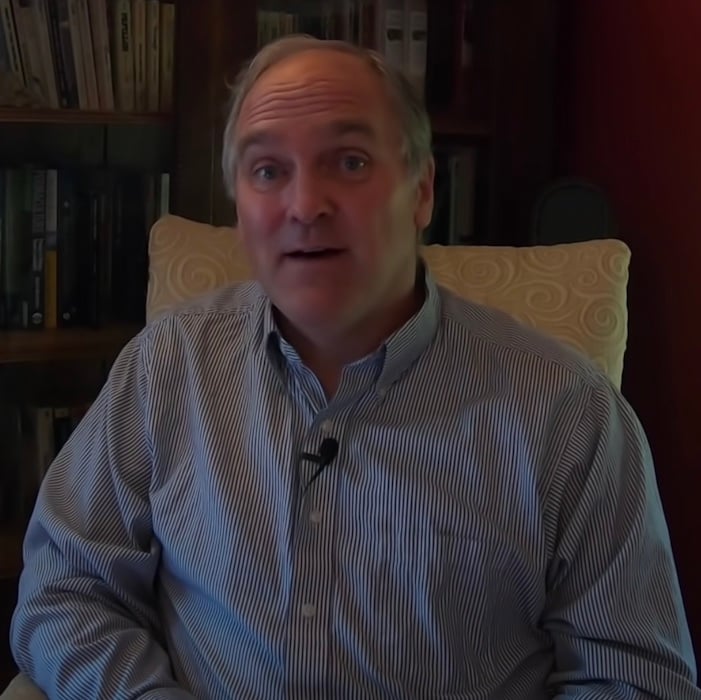
Inspection unveiled the need for countless repairs.
In fact, so much needed repairing that his neighbors advised him to just tear it down and build an entirely new house.
Peter didn’t want that. The house had a lot of meaning to him that he wanted to preserve.
At that time, creating things with his own hand and delaying gratification was very important to him.
Hilarie was supportive of her husband and joined him at the land. They bought a trailer that they could live in temporarily while they repaired the house.

Peter was an architect, not a construction worker.
The only construction know-how he had was the things he learned from school and being an architect.
He was still up for the job because of his commitment to preserving what his great-great-grandparents built.
The first construction job he did was to tear down the kitchen wing. This house was shaped like a T and the kitchen was sticking out.
It was already unsalvageable at that time, especially since a big cedar tree fell in the kitchen.
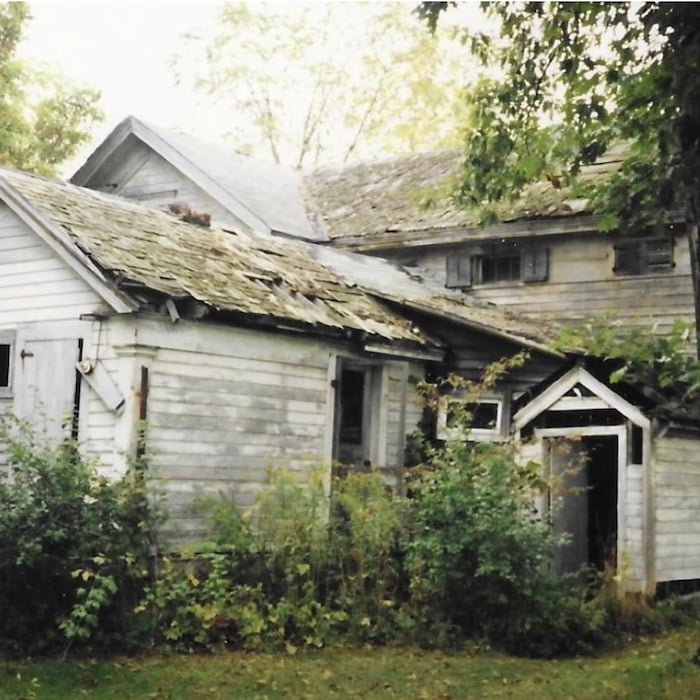
He did manage to save the foundation stones, which he used to build a stone wall.
When he got inside, that’s where Peter saw the dry-rotted beams and rotting wood floors.
The foundation utterly deteriorated.
In the 1860s, houses were built on mortar that was made with lime and sand, which is not the most reliable and structurally sound choice.
Over the decades, water had washed away most of the foundation and the house was just standing on stones.

Only when he was done fixing the foundation was he able to start work inside the house.
The couple hand-repaired the whole house.
All the renovations and repairs Peter and Hilarie did on the house were done by themselves. It didn’t involve any heavy machinery and lots of workers.
Their hands crafted what was going to be the new family home.
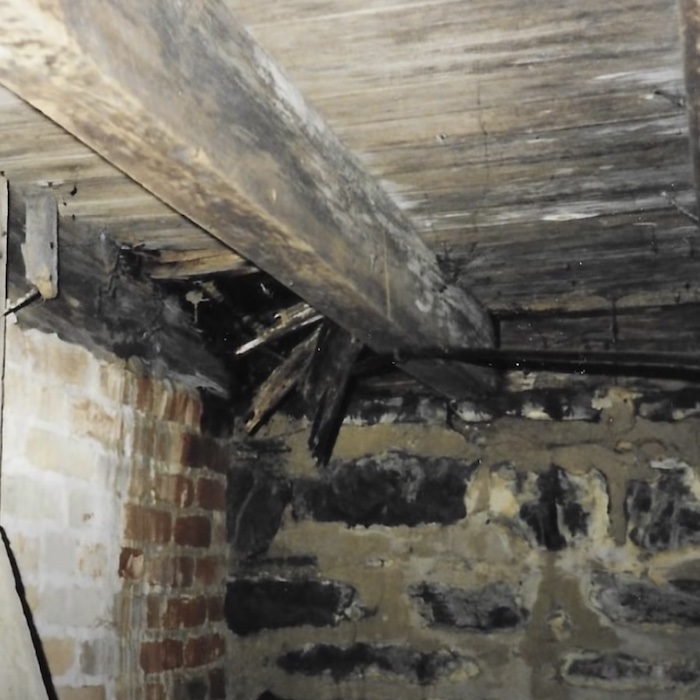
While it took them over 4 years to finally finish the family labor of love, the final result was remarkable.
They eventually restored the farmland and started farming 10 years ago, and they’re still going at it full-time today.
Restoring the home changed their whole way of life for the better and they have no plans on looking back.
Hear Peter describe what it was like to take on restoring his family home in the video below!
Please SHARE this with your friends and family.
